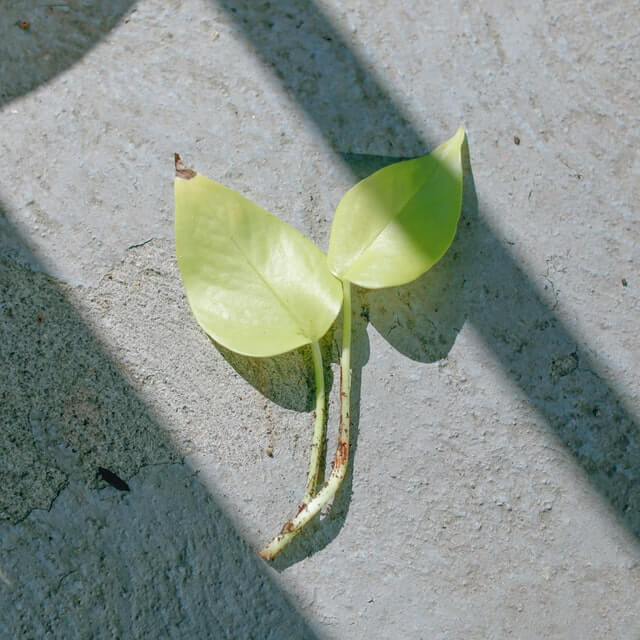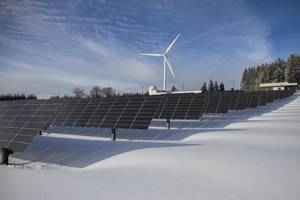Hydroponics, Plants, Pots, and Propagation Explained
What is Hydroponics?
Hydroponics is a container-based cultivation process that delivers liquid nutrients to the root system via a porous growing medium, usually Rockwool.
However, in this energy-efficient, carbon footprint conscious world, PolyPonics uses coir as the growing medium, a biodegradable product. In addition, because hydroponics is container-based, it is an effective cultivation method in any climate.
What are the Advantages?
Hydroponics typically uses 1/10th of the amount of water used in normal soil-based cultivation processes. Therefore, you can closely monitor the application of the nutrient solution to maximize plant growth.
A hydroponics system is a one-pot grow system which eliminates weeds, radically diminishes pests and disease while increasing plant numbers per square meter.
In effect, when gardening the 'soil-less way,' we create greener and healthier plants with 30% faster growth and significantly increased crop yields.
Check out this video on how you can make a simple DIY hydroponics system at home:
Why Use Coir or Coconut Fiber in Hydroponics?
Coco peat, also known as coco or coir, is the leftover material after the fibers have been removed from the outermost shell of the coconut.
Until recently, coir was a waste material that modern technology has turned into a valuable and environmentally friendly alternative to peat and soil-based growing mediums.
The coir is extracted from "coco mountains," which have appeared in the landscapes of countries such as Sri Lanka and India and has contributed to these communities' local economies in recent times.
The quality coir used in PolyPonics is not sterilized or heat-treated. Thus, it retains its natural sponge-like qualities and the Trichoderma fungi, which is beneficial and scientifically proven to combat root rot and other diseases.
By using only the best quality coir, PolyPonics will benefit by going for longer periods without watering. As a result, they can better regulate the amount and timing of its nutrient intake.
You can re-use the coir compost several times and, when finally replaced, makes an excellent soil improver.
Why is PolyPonics a highly efficient hydroponics growing system?
PolyPonics provides a simple, second revenue stream for farmers and smallholders with multiple crop harvests per season.
PolyPonics provides a reliable source of fresh, high-quality herbs, salads. and vegetables of your choice for restaurants and caterers - without food miles.
The advantages of PolyPonics over conventional growing methods are:
- all water and nutrients are recycled, eliminating waste;
- the growing medium is coir, a naturally produced by-product of the coconut;
- can be sited in a yard, on a brown-field and urban site or, in a redundant farm building;
- accelerated growth-producing multiple harvests;
- does not require herbicides and pesticides. so that it can support an organic growing philosophy.
The standard PolyPonics unit includes delivery and installation and consists of a high-quality poly-tunnel, 24 planting tubs filled with coir, a dedicated irrigation and nutrient storage system, together with a supply of nutrients.
Vertical Crops
As the world population increases, agricultural land and water resources rapidly diminish. Therefore, alternative and innovative solutions have to be found to feed ourselves and reduce the consumption of water, land, energy, and food miles.
Vertical Cropping is an innovative and exciting vertical growing system that:
- Produces approximately 20 times the standard production volume for field crops;
- Requires 5% of the standard water requirements for field crops;
- Minimizes or eliminates the need for insecticides and herbicides;
- It can be built close to major city markets, on non-arable lands;
- Can work in a variety of environments: countryside, suburban, urban, etc;
- Will have very significant operating and capital cost savings over field agriculture;
- Will drastically reduce transportation costs to market, resulting in further savings, higher quality and fresher foods on delivery, and less transportation pollution;
It is modular and easily scalable from small to huge food production facilities.
Plants, Pots, and Propagation
Micropropagation means growing plants from other plant pieces (rather like taking cuttings) or from seeds in a sterile environment.

It is quite unlike the seeds we buy and sow straight into the soil ourselves. Instead, the propagated plants are grown in specially developed solutions for their own particular growing needs, ensuring they get the best possible start. The solutions include a variety of natural salts, minerals, sugar, and even agar, a seaweed extract.
Micropropagation is a tried and tested technique that has been widely used to grow plants that do not germinate easily, for example, orchids.
Interestingly, cuttings grown from the original plant have the same characteristics and can quickly reproduce as rooted plantlets. These days, many garden flowers and commercial fruits are produced this way.
One of the potential benefits of micropropagation and plant tissue culture is the conservation of endangered species and possibly reintroducing rare plants back into the natural environment.

